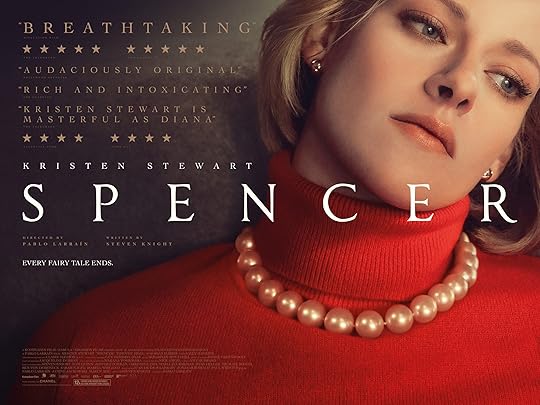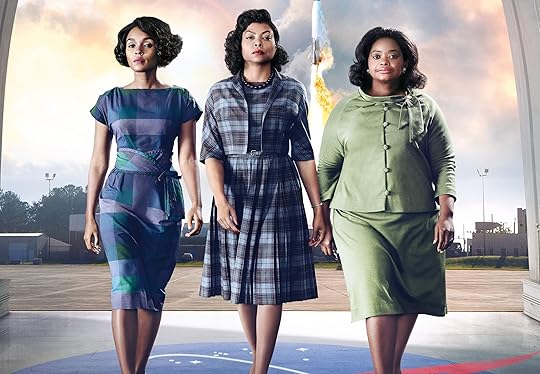Crafting Powerful Biopics – 7 Essential Elements.
Biographical films have this special kind of magic—they take real lives, real stories, and turn them into cinematic gold. But here’s the twist: filmmakers have to strike that perfect balance between staying true to history and adding a little dramatic flair.
Sure, we want to see the authentic story unfold, but we also want that movie magic that only a well-crafted narrative can provide. A great biopic nails this balance, transforming someone’s life into a captivating, larger-than-life experience.
So, how do filmmakers pull off this tricky feat? With the release of Maria by Pablo Larrain, now’s the perfect time to dive into how filmmakers blend realism with fiction in biographical films.
7 Essential Elements in Crafting Powerful Biopics.

#1 – Ground the Story in Core Truths.
At the heart of every successful biographical narrative is the undeniable truth of the person’s life. This is the bedrock that holds everything together, from the key moments to the emotional struggles.
While no story can be completely accurate (because let’s be honest, real life doesn’t always follow a perfect plot arc), the core truth is what anchors the film. It’s not about cramming every single detail in; it’s about focusing on the defining moments that shaped the person’s journey.
Take Bohemian Rhapsody, for example. The film doesn’t follow the exact chronology of Freddie Mercury’s life, but it captures the essence of his explosive rise to fame, his struggle with identity, and his deep connection to music.
The filmmakers focused on the core truths: his undeniable talent and his inner conflicts. Even though they rearranged some events, like the famous Live Aid performance, they stayed true to Mercury’s larger-than-life persona. That’s the magic of grounding a film in core truths—you keep the spirit of the subject alive, even if the details get a creative makeover.
 #2 – Embrace Fiction to Enhance Emotion.
#2 – Embrace Fiction to Enhance Emotion.
Now, let’s get real: sometimes reality just doesn’t have the emotional punches we want on screen. Real-life conversations can be dry, and sometimes, the big moments feel flat without a little creative spin.
That’s where fiction comes in! Adding a touch of drama where the historical record falls short can enhance the emotional core of the story.
Think about The Theory of Everything. While it sticks fairly close to Stephen Hawking’s remarkable journey, some personal moments were fictionalized, especially his relationship with Jane Hawking.
But that extra emotional oomph—the scene where Jane reads Stephen’s speech aloud as he listens—isn’t just added for effect. It deepens their bond and highlights Jane’s unwavering support, capturing the essence of their relationship without needing to stick to the exact events. Sure, it might not have happened exactly like that, but it feels truthful, and that’s what counts.

#3 – Avoid Turning Characters into Caricatures.
Biographical films often feature people who are legends in their own right, but turning them into exaggerated caricatures doesn’t do justice to their complexities.
It’s tempting to amp up the drama for the sake of a good story, but doing so can reduce an iconic figure to a simple trope. Instead, filmmakers should focus on making characters feel real—flaws, contradictions, and all.
Even though I, Tonya can be seen as a parody it is a prime example of how to walk that fine line. The film could’ve easily turned Tonya Harding into a flat-out villain or the victim of her circumstances.
But instead, it shows her as a multidimensional character. She’s vulnerable, volatile, ambitious, and sometimes downright hard to sympathize with, but by exploring her complexities, we see her as a real person rather than a mere stereotype. Her upbringing, struggles with class, and public perception are all explored with nuance, turning what could’ve been a simple scandal story into a deeply human portrait.
 #4 – Be Thoughtful with Symbolism and Metaphor.
#4 – Be Thoughtful with Symbolism and Metaphor.
Symbolism is like seasoning—just the right amount can add depth, but too much can leave a bad taste in your mouth.
When it comes to biographical films, too much metaphor can easily feel like overkill, distracting from the real, raw story.
But when used carefully, symbolism can elevate the narrative and give it layers of meaning.
In Spencer, the pearl necklace serves as a powerful symbol of Princess Diana’s suffocating life within the royal family.
It’s a subtle yet striking metaphor that captures her internal conflict without overshadowing the narrative. When Diana imagines the necklace breaking while she’s eating soup, it’s a moment that perfectly encapsulates her desire to escape the stifling royal constraints.
This kind of thoughtful symbolism doesn’t detract from the realism of the film; it enriches it by providing an emotional anchor that deepens our connection to the character.

#5 – Stay Honest About What’s Fictionalized.
One of the most important lessons for filmmakers is transparency. The last thing anyone wants is to feel misled by a biographical film, so honesty is key.
While some dramatic embellishments are inevitable (after all, movies need a bit of pizzazz), acknowledging when a filmmaker has taken creative liberties helps the audience stay grounded in reality.
Take Blonde, for instance. This fictionalized retelling of Marilyn Monroe’s life is based on Joyce Carol Oates’ novel, and the filmmakers made sure to present it as such. By clearly positioning the film as a work of fiction, they allowed audiences to enjoy it for its artistic interpretation rather than for a literal biography.
On the other hand, Rocketman fully embraced its fantasy elements, transforming Elton John’s life story into a musical odyssey. Both films made their intentions clear, and audiences knew what to expect, allowing them to engage with the story in the way it was intended.

#6 – Embody the Spirit of the Time.
Biographical films are as much about the time and place as they are about the individual. The cultural and historical context plays a huge role in shaping the subject’s life, so capturing that spirit is essential.
It’s not just about getting the fashion right (though let’s be honest, the costumes can be a huge part of the fun!), but also about reflecting the attitudes, norms, and political climate of the era.
Selma is an excellent example of how to capture the zeitgeist. The film takes us right into the heart of the 1960s Civil Rights Movement, giving us a sense of the tension and urgency of the time. The attention to period details—from the tension-filled marches to the powerful speeches—creates an immersive experience that lets us understand the societal forces shaping Dr. Martin Luther King Jr.’s leadership.
Similarly, Hidden Figures doesn’t just tell the stories of three remarkable women at NASA—it also highlights the racial and gender discrimination they faced in the 1960s, capturing the social landscape that influenced their struggles and triumphs.
 #7 –
Craft a Narrative Arc Without Losing Authenticity.
#7 –
Craft a Narrative Arc Without Losing Authenticity.
Here’s the thing: real lives aren’t always neat. They don’t always follow the perfect three-act structure that Hollywood loves.
But films need structure to keep audiences engaged. The trick is to craft a narrative arc that stays true to the essence of the subject’s life without losing the authenticity of the real events.
King Richard is a great example of how to balance structure with truth. The film condenses Richard Williams’ story to focus on his determination to train Venus and Serena Williams. While the timeline is simplified, the film stays true to the emotional core of Richard’s belief in his daughters’ potential.
It’s a story of relentless vision and love, and while some events were condensed or altered for narrative flow, the heart of the film remains authentic to the real-life person it’s portraying.
In Conclusion – Creating a biographical film is an art. It’s about blending reality with creativity, facts with emotions, and truth with storytelling. By grounding the film in the core truths of the subject’s life, embracing fiction to enhance emotion, avoiding caricatures, using symbolism sparingly, staying honest about what’s fictionalized, capturing the zeitgeist, and crafting a compelling narrative arc, filmmakers can bring real-life stories to the big screen in a way that feels both authentic and entertaining.
The best biopics don’t just tell you about someone’s life—they make you feel it. And that’s what makes them unforgettable.
Now it’s YOUR turn – What’s one real-life story you’d love to see turned into a biographical film? How would you want it told
Would love to get your input in the comment box below.
The post Crafting Powerful Biopics – 7 Essential Elements. appeared first on Vered Neta.



